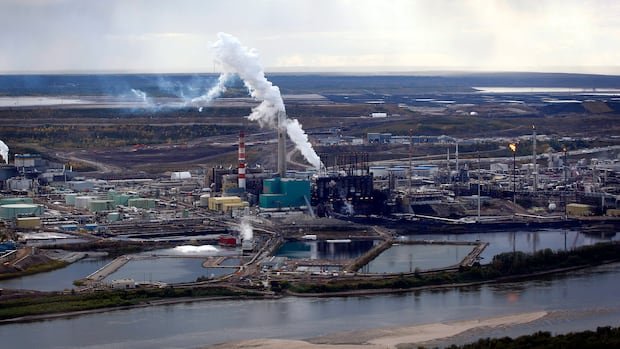Heat-trapping carbon dioxide levels in the atmosphere surged to unprecedented heights last year, marking the largest increase on record and reaching a level not witnessed in human history. The United Nations weather agency, in its latest greenhouse gases bulletin released before the annual climate conference, reported that CO2 growth rates have tripled since the 1960s, hitting levels unseen for at least 800,000 years.
The World Meteorological Organization highlighted that emissions from the combustion of coal, oil, and gas, in addition to heightened wildfire activities, have fueled a destructive climate feedback loop. Despite ongoing emissions of heat-trapping gases by both individuals and industries, the planet’s natural carbon absorption systems like oceans and forests are diminishing.
In a significant finding, the global average concentration of carbon dioxide saw the largest annual increase from 2023 to 2024 since measurements commenced in 1957. The growth rates of CO2 have accelerated, rising from an average annual increase of 2.4 parts per million per year in the 2011-2020 decade to 3.5 ppm from 2023 to 2024, as per the WMO report.
“The intensification of our climate due to CO2 and other greenhouse gases is leading to more extreme weather events,” stated Ko Barrett, the WMO deputy secretary-general. Bill Hare, CEO of Climate Analytics, expressed deep concern over the alarming trends, emphasizing the urgent need for emission reduction to safeguard both the environment and economies.
Despite a relatively stable trend in fossil fuel emissions last year, the report indicated a concerning acceleration in atmospheric CO2 levels, hinting at a positive feedback loop triggered by forest fires and warming oceans linked to record global temperatures. Hare warned that the world is gravitating towards a perilous state driven by the unchecked expansion of fossil fuel activities globally.
The World Meteorological Organization urged policymakers to take decisive actions to curb emissions. While some governments advocate for increased utilization of hydrocarbons for energy production, certain businesses and local administrations are actively combatting climate change. However, Hare criticized the insufficient climate commitments made by most countries, underscoring the severity of the climate crisis.
The observed increase in 2024 sets a trajectory for sustained temperature rise in the long term, with methane and nitrous oxide concentrations also reaching record levels due to human activities. This report raises doubts about achieving the goals set in the 2015 Paris climate agreement of limiting global temperature rise to 1.5 degrees Celsius above pre-industrial levels.
According to the United Nations climate chief, Simon Stiell, the Earth is projected to reach a 3-degree Celsius temperature increase. Data from the U.S. National Oceanic and Atmospheric Administration shows that carbon dioxide rates are still climbing at some of the highest rates recorded, though slightly lower than in the previous year. Monitoring data from Hawaii in 2025 through August indicates a continued rise in CO2 rates, albeit at a slower pace compared to the period between 2023 and 2024.

